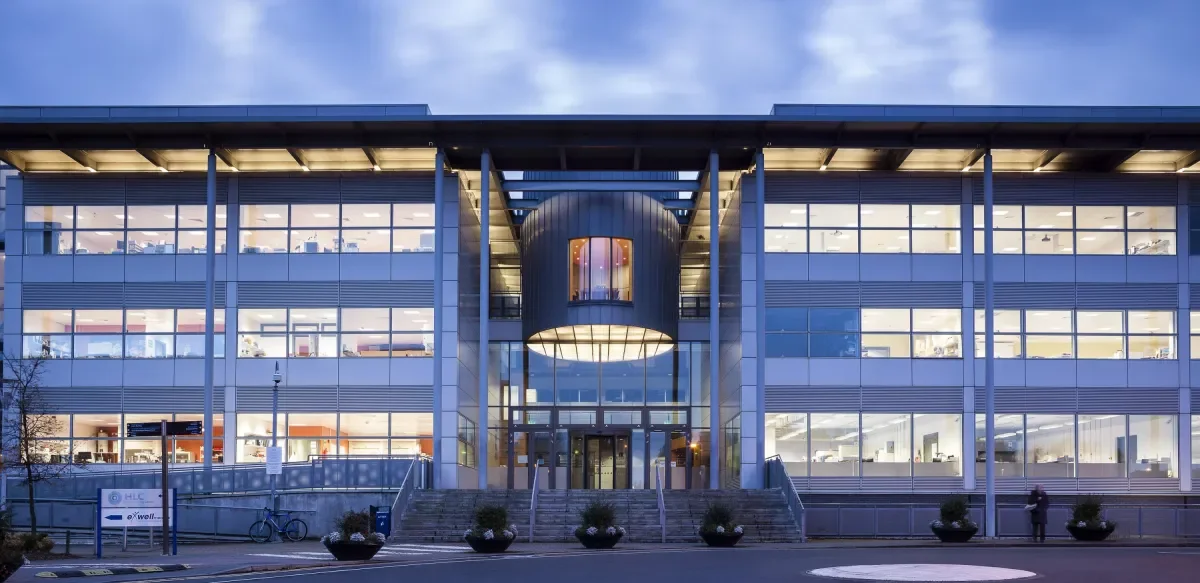

Novel Insights into Laser-Powder-Bed-Fused NiTi Alloys for Improved Wear Resistance
The Ni 49.8 Ti 50.2 alloy exhibited refined microstructural characteristics, including fine equiaxed grains interspersed with columnar dendrites, in contrast to the slightly coarser equiaxed cells of the higher-nickel alloy. This more uniform structure translated into greater microhardness and nanohardness. Although the higher-nickel variant demonstrated a marginally lower coefficient of friction, 0.72 versus 0.76 for the lower-nickel alloy, the Ni 49.8 Ti 50.2 alloy achieved superior wear resistance.
Wear resistance was found to be strongly correlated with factors such as the hardness-to-elastic-modulus ratio (H/E), strain-hardening capacity, and the formation of stable tribolayers along the wear track. These tribolayers, largely absent in the Ni 51.1 Ti 48.9 alloy, played a key role in mitigating wear. Based on these findings, the lower-nickel composition (Ni 49.8 Ti 50.2) emerges as a better candidate for heavy-duty tribological interfaces, offering a compelling combination of microstructural integrity and wear resilience.
This research marks a significant step forward in refining additive manufacturing strategies for NiTi alloys, particularly in applications where surface wear and durability are critical. By pinpointing the influence of nickel concentration on microstructure and wear behaviour, the work provides a clear pathway towards optimising NiTi components produced via PBF-LB, especially for use in demanding industrial or biomedical environments.
Read the full paper: Influence of nickel concentration on multi-scale mechanical properties and wear behavior of NiTi alloys processed via laser powder bed fusion, Applied Surface Science Advances, here.
